Simanaitis Says
On cars, old, new and future; science & technology; vintage airplanes, computer flight simulation of them; Sherlockiana; our English language; travel; and other stuff
BENEFITS OF SPACE TOURISM PART 2
YESTERDAY IN PART 1, we met the four crew members of Inspiration4, the first privately funded orbital mission on a private rocket carrying private citizens. This endeavor benefited St. Jude Children’s Research Hospital to the tune of $243 million. What’s more, Inspiration4’s crew took part in the Space Omics and Medical Atlas, more than 40 studies of astronaut health data.
Here in Part 2 are tidbits about the SOMA studies as well as the report by Ramin Skibba in AAAS Science magazine, June 14, 2024.
In describing SOMA, Skibba writes, “The astronauts also underwent intensive medical monitoring before, during, and after their flight. Now, researchers have analyzed how the space radiation and weightlessness they experienced affected their bodies, releasing a package of more than 40 studies, most of them based on Inspiration4 data. Published today in Nature journals, the Space Omics and Medical Atlas (SOMA) includes studies of the participants’ genomes, microbiomes, transcriptomes (the messenger RNA made from their genes), and proteomes (their panoply of proteins).”
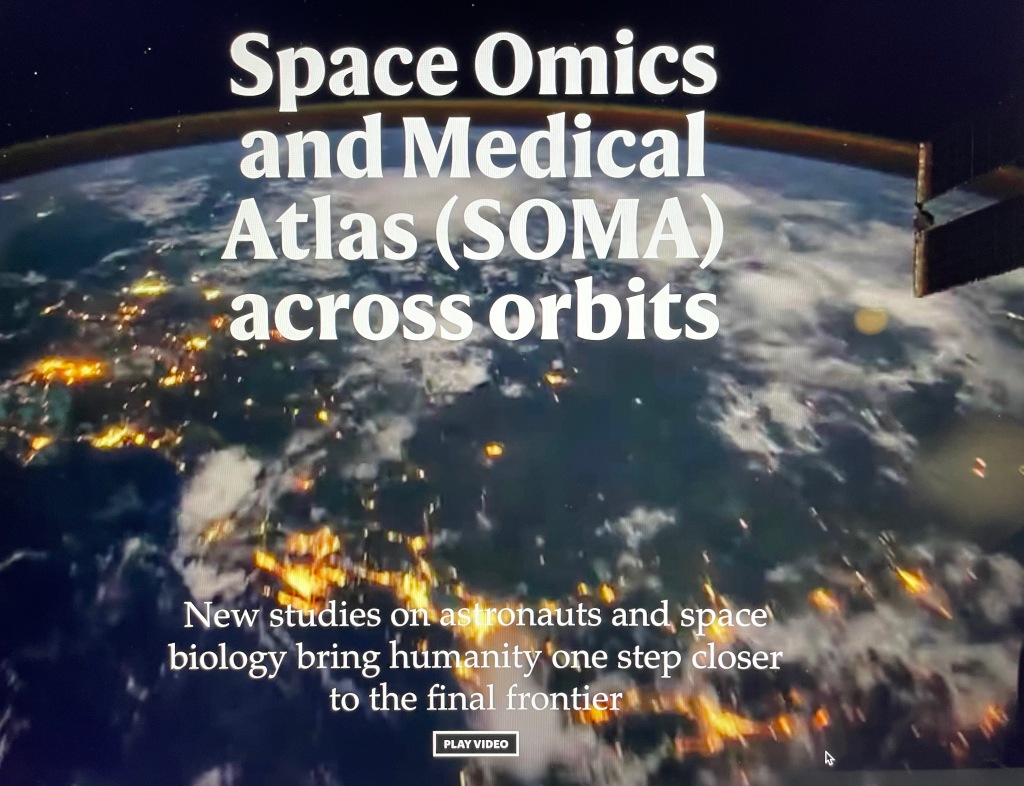
Skibba continues, “NASA and other space agencies have studied the health of hundreds of astronauts over the past 6 decades, finding a wide range of impacts, including elevated long-term cancer risks from exposure to space radiation, muscle atrophy and bone loss from life in microgravity, and changes in vision. But private spaceflights are giving researchers the chance to study the risks in more detail, with the latest biomedical technologies.”
Short-term Versus Long-Term. One SOMA finding is that those who spend only a few days in orbit experience similar health effects as those on extensive assignments on the International Space Station.
Orbiting Path Differences. “Moreover,” Skibba recounts, “the Inspiration4 crew orbited Earth at 585 kilometers above the ground, a significantly higher altitude than the International Space Station (ISS) and China’s Tiangong station, subjecting the passengers to a different, and likely more intense, space radiation environment.”
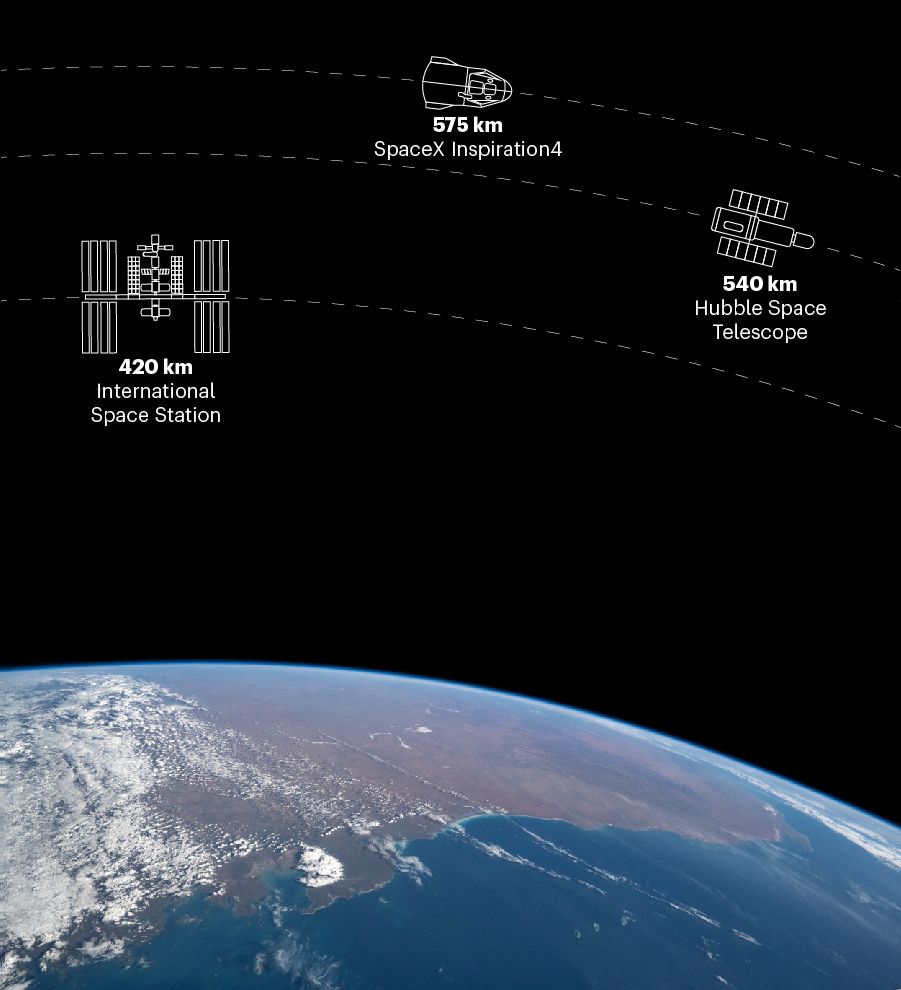
This and other images from the SOMA presentation. (The 10-km difference is noted.)
Men Versus Women. “The studies,” Skibba says, “suggest men and women face different risks in space and recover at different rates after returning to Earth, says Tejaswini Mishra, a geneticist at Stanford University who previously worked on NASA’s twins study.”
Skibba continues, “Women’s vision appears to be less affected by microgravity, and their monocytes returned to normal more quickly than men’s. But women space travelers appear to be more vulnerable to some cardiovascular and cancer risks. There’s still not much data available for women astronauts, though, Mishra says, and those sex differences need further study.”
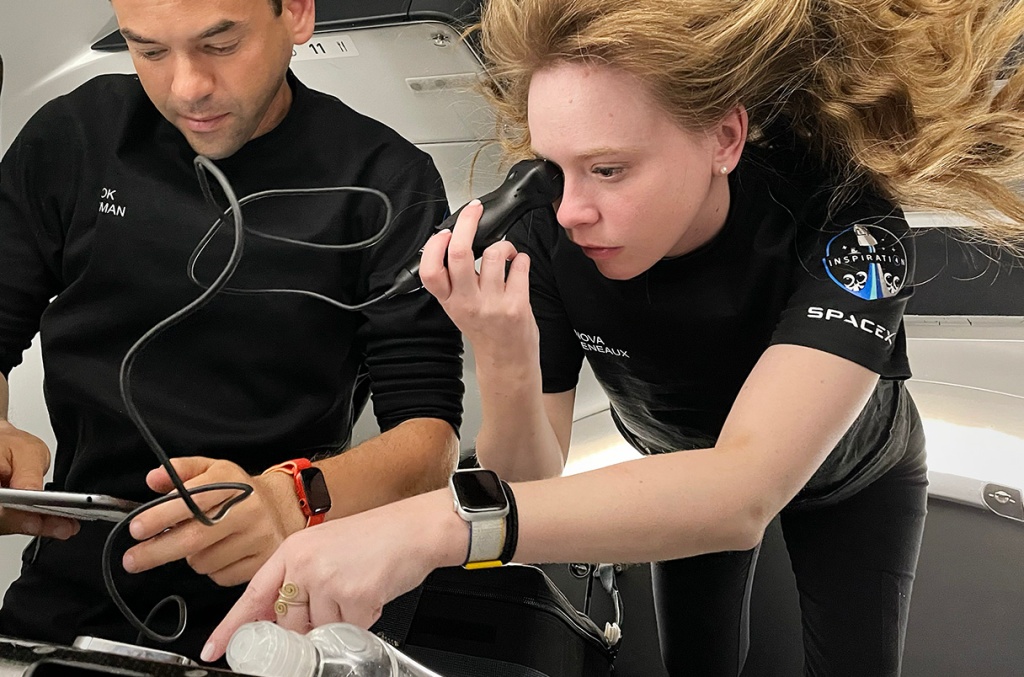
Inspiration4 astronauts Jared Isaacman and Hadley Arseneaux perform eye evaluations in orbit. Image from Science, June 14, 2024.
The Ethics of Space Travel. “As commercial spaceflight becomes more common,” Skibba says, “researchers will need to develop an ethical framework that balances the research’s potential benefits with the passengers’ privacy concerns and the risks of performing research on them, says McGuire, lead author of a Science policy forum on the subject. “There should be an expectation of everyone who travels to space to participate at least in minimal risk research,” McGuire says. “That is, to have biomarker, biometric, biomedical data collected about them, before, during, and after they take these trips.”
SOMA Categories. The Nature Portfolio website posts a fascinating and detailed Space Omics and Medical Atlas (SOMA) Across Orbits.This collection “of manuscripts, data, protocols, and code represents the largest-ever compendium of data for aerospace medicine and space biology. Over 100 institutions from >25 countries worked together for a coordinated 2024 release of molecular, cellular, physiological, phenotypic, and spaceflight data.”
Categories range from genetic effects (Transcriptome Changes, Epigenomic Changes), Cellular States and Dynamics, Mitochondrial Responses to Spaceflight, to Ethics and Perspectives.
Gender Differences. For example, SOMA cites, “T-cells and monocyte cells showed the largest degree of chromatin changes in the immune system after spaceflight and female crew members had a faster return to baseline across all cell types for their chromatin landscape (ATAC-seq) than male astronauts.”
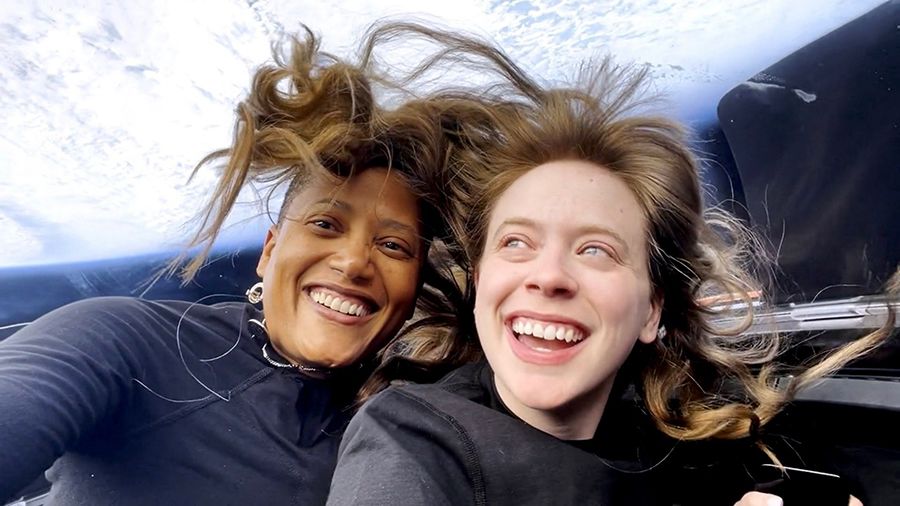
Inspiration4’s Sian Proctor (left) and Hayley Arceneaux both experience wild-hair moments in zero gravity.
Space Travel Ethics. “New spacecraft,” SOMA observes, “enable novel missions and wider array of crews to go into space, but also generate new ethical questions and parameters about data accessibility.”
Entering the Second Space Age. SOMA also describes the 2033 Crocco Flyby: an orbital trajectory for a three-planet mission that would fly by Mars twice and also Venus within about 18 months on a SpaceX Starship.
Heady, far-ranging stuff, this. ds
© Dennis Simanaitis, SimanaitisSays.com, 2024
